MG Windsor First Drive Review
The MG Windsor EV is a premium EV that can be yours for just ₹10 lakh. How’s that possible in this day and age? And more importantly, is there a catch?

You can’t get a half-decent car for ₹10 lakh these days – that was the topic of discussion in our office a couple of months ago as we flipped through the buyer’s guide pages of our magazine. It’s hardly a revelation though. Anyone in the market looking to buy a new car is well aware of it. Car prices are skyrocketing every passing day. So, when MG launched the Windsor EV at a tempting price of ₹9.99 lakh (ex-showroom), it naturally raised more than a few eyebrows.
Now, why’s that? You see, the MG Windsor’s starting price puts it in competition with entry-level compact SUVs or premium hatchbacks. However, when you take a closer look at its features, equipment, and electric drivetrain, you will realise that it’s more of a premium offering – comparable to something like the Tata Nexon EV. And, then, when you check its size, dimensions, and interior space, you get shocked even more – it sits on a longer wheelbase than the Volkswagen Tiguan! The obvious question, then, is – how the hell have they managed this feat? This isn’t normal – there has to be a catch!
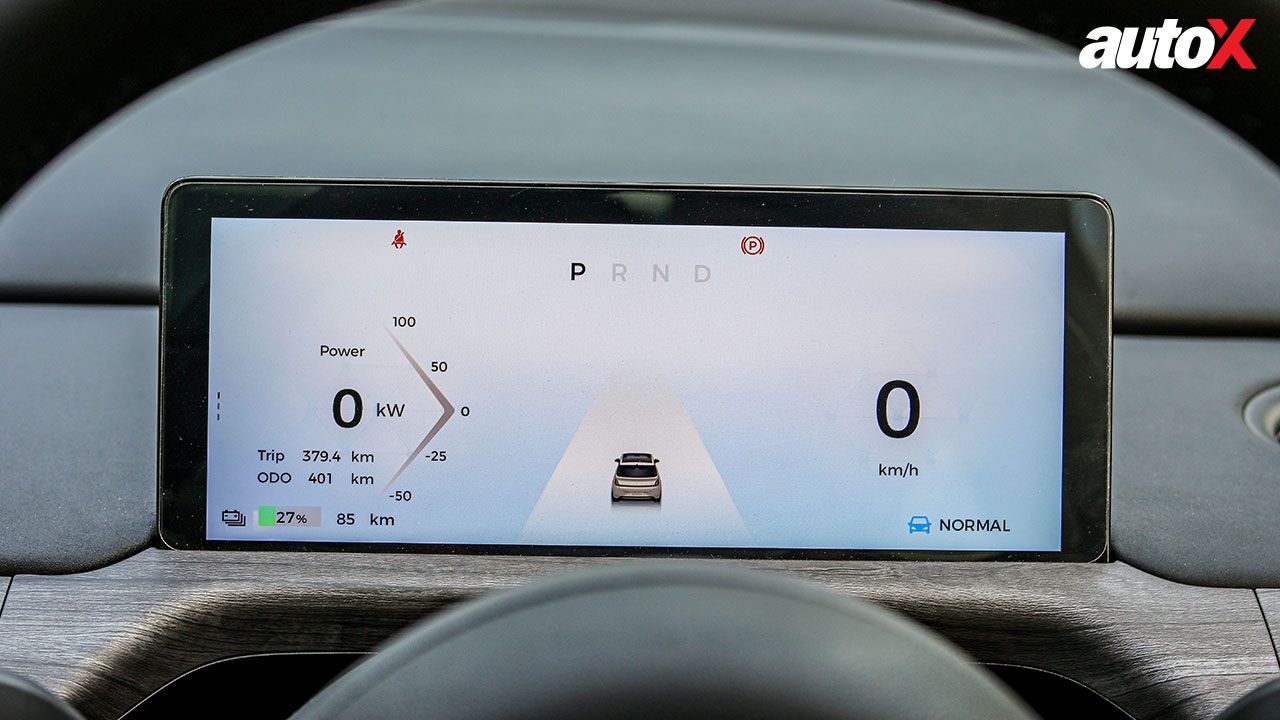
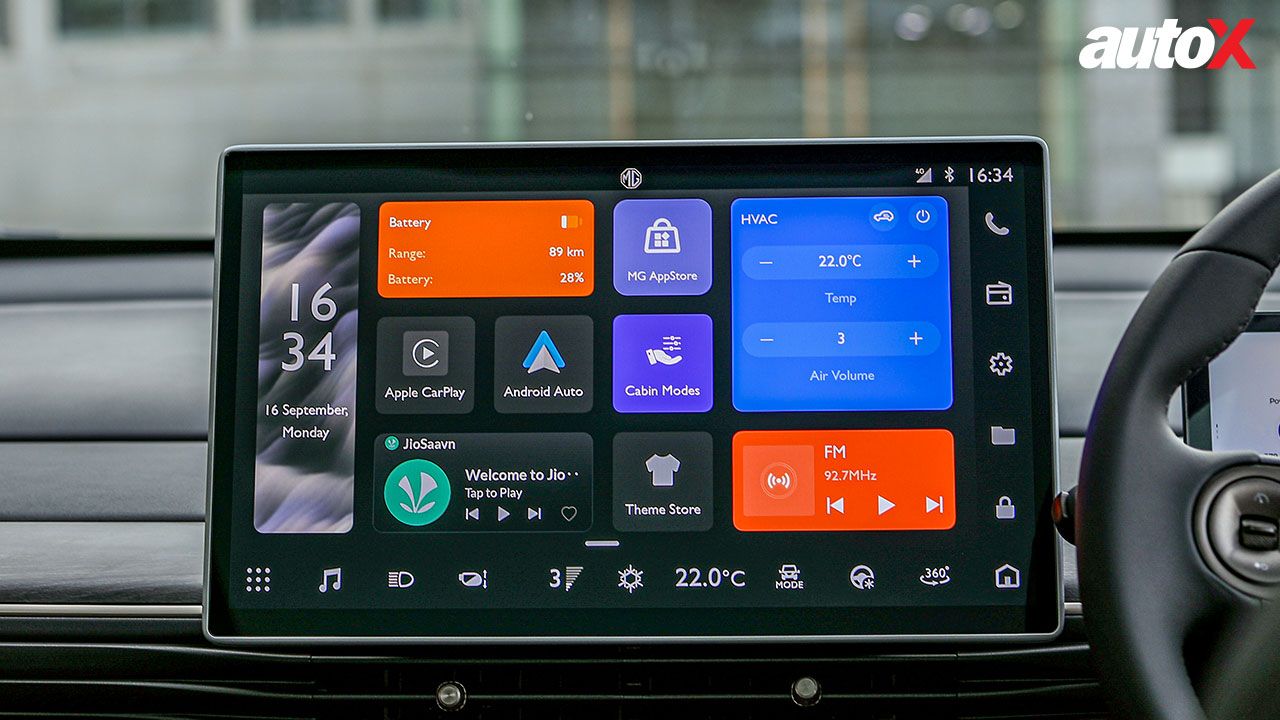
Battery Service
The Windsor’s main appeal, as you may already know, is its unbelievable price tag. However, this price is possible because of a couple of clever new initiatives. The sticker price you see isn’t the actual cost of the vehicle. The actual price starts from ₹13.49 lakh for the base model and goes up to ₹15.49 lakh (ex-showroom). Now, to reduce the Windsor EV’s upfront cost, MG has introduced a unique Battery-as-a-Service (BaaS) ownership model. In simple terms, you don’t pay for the battery pack; instead, you subscribe to it as a service.
MG has tied up with four financers to implement this initiative. The cost per kilometre ranges from ₹3.5 to ₹5.8. Of course, there are some hidden costs and clauses, like additional taxes you pay on the bill, and the fact that the charging costs are excluded. Moreover, three out of the four financing options require a minimum monthly usage of 1,500km. So, you have to shell out a minimum amount of ₹5,250 plus taxes every month.
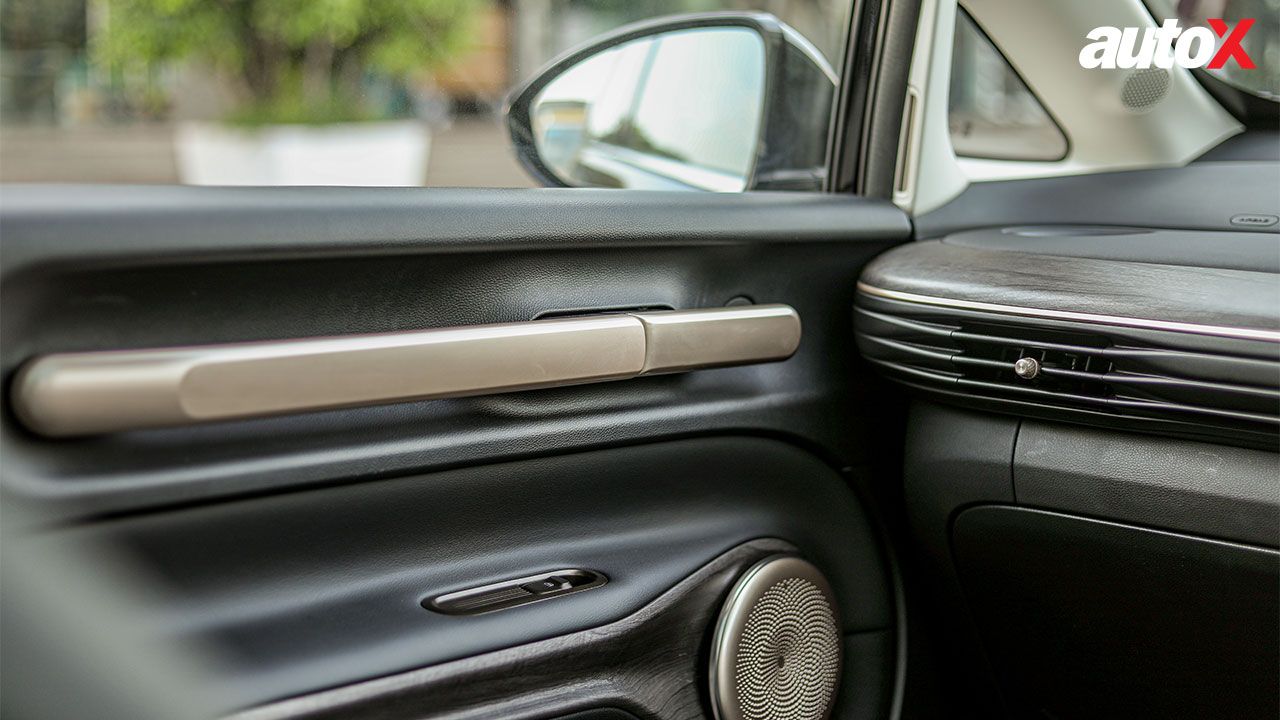
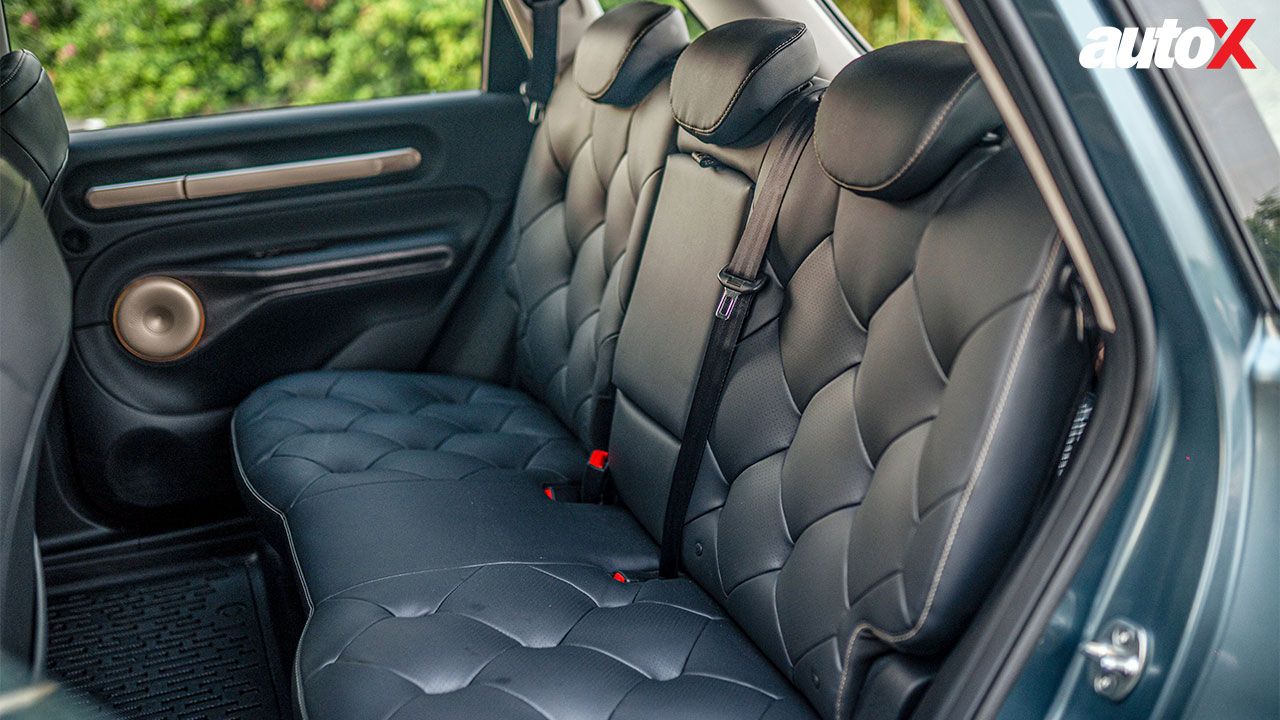
What’s interesting, however, is that even when you do the math, it’s still a very appealing deal. Compared to petrol or diesel vehicles, the running cost/km is roughly half! Not to mention, MG is leaving no stone unturned to lure buyers into this by offering free public charging for the first year. There is also a lifetime warranty on the battery, along with an assured buyback promise. All said, this ownership model sounds quite promising, and it’s likely to encourage more buyers to switch to EVs.
Crossover Cult
MG claims that the Windsor EV is India’s first Crossover Utility Vehicle (CUV) – a cross between a sedan and an SUV. However, technically, the Windsor EV is not the first CUV in the country. We already have a lot of models that fit the bill – the Hyundai Creta, Kia Seltos, and MG Astor. In fact, virtually all best-selling compact and mid-size ‘SUVs’ on the market are technically CUVs. Nonetheless, MG is cleverly capitalizing on the fact that no one else has used the term CUV for their offerings before.
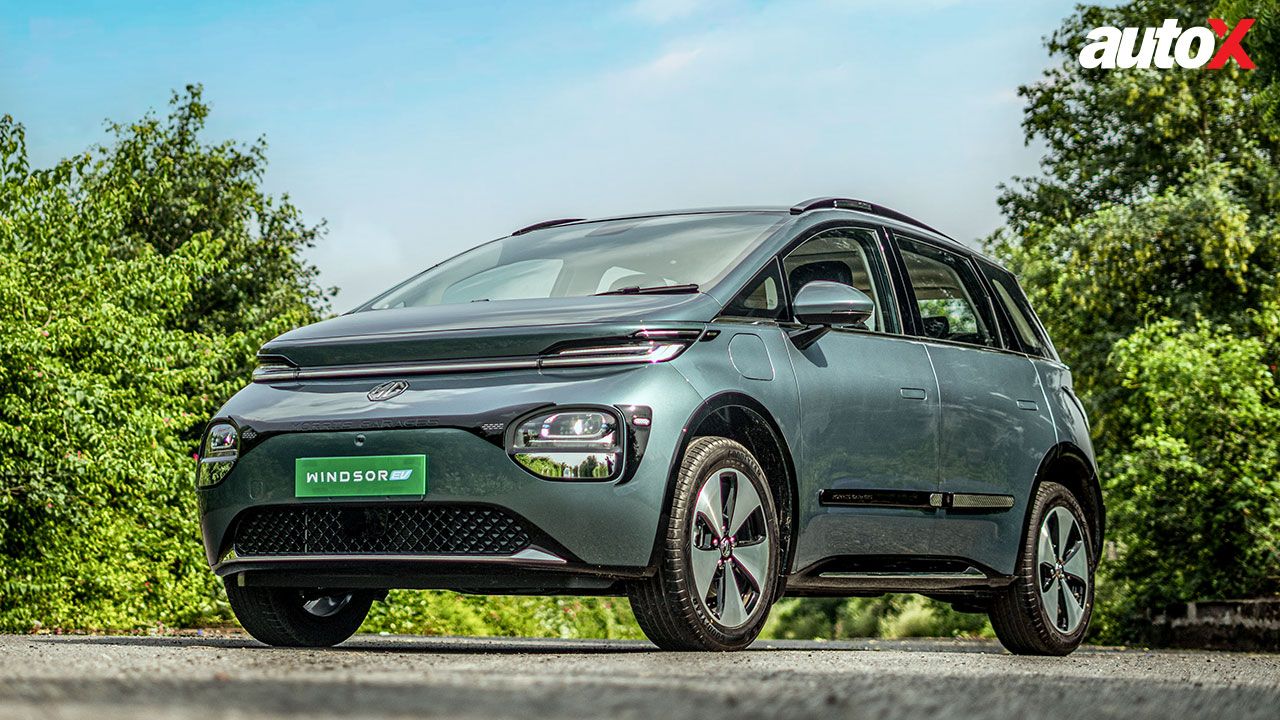
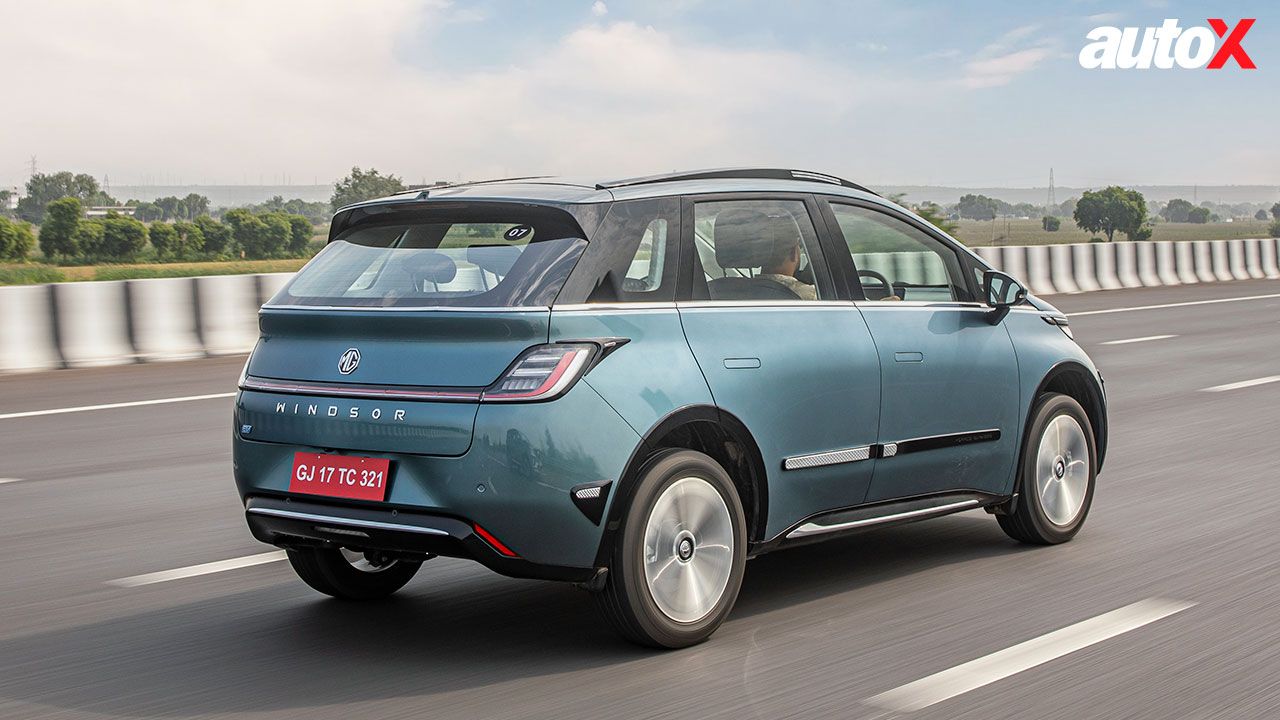
Now, if you look at the Windsor’s shape and size, you’ll notice that it does have a somewhat van-like appearance – albeit a stylish one, no doubt. It doesn’t look intimidating or butch; rather, it has a bit of a mellow and subdued appearance, something that will appeal to buyers with sophisticated tastes. In terms of size, it has a wheelbase of 2,700mm and measures around 4.3 metres in length. The design exudes a premium feel, no doubt. Some notable features include seamless LED DRLs at the front, an illuminated MG logo, and LED headlamps integrated into the bumper, all of which are all neatly done. Among other interesting bits are 18-inch alloy wheels, which eschew the typical ‘aero’ design so common for EVs these days. The ones on the Windsor look conventional and old-school cool.
At the rear, the seamless LED lighting theme continues, making it appear wider than it actually is. My favourite angle is the rear three-quarter view. When in motion, combined with its 186mm sedan-like ground clearance, the Windsor exudes a beefy and hunkered-down stance. Overall, I like its subtle and understated design. It’s modern and aesthetically pleasing without being overly flashy or aggressive.
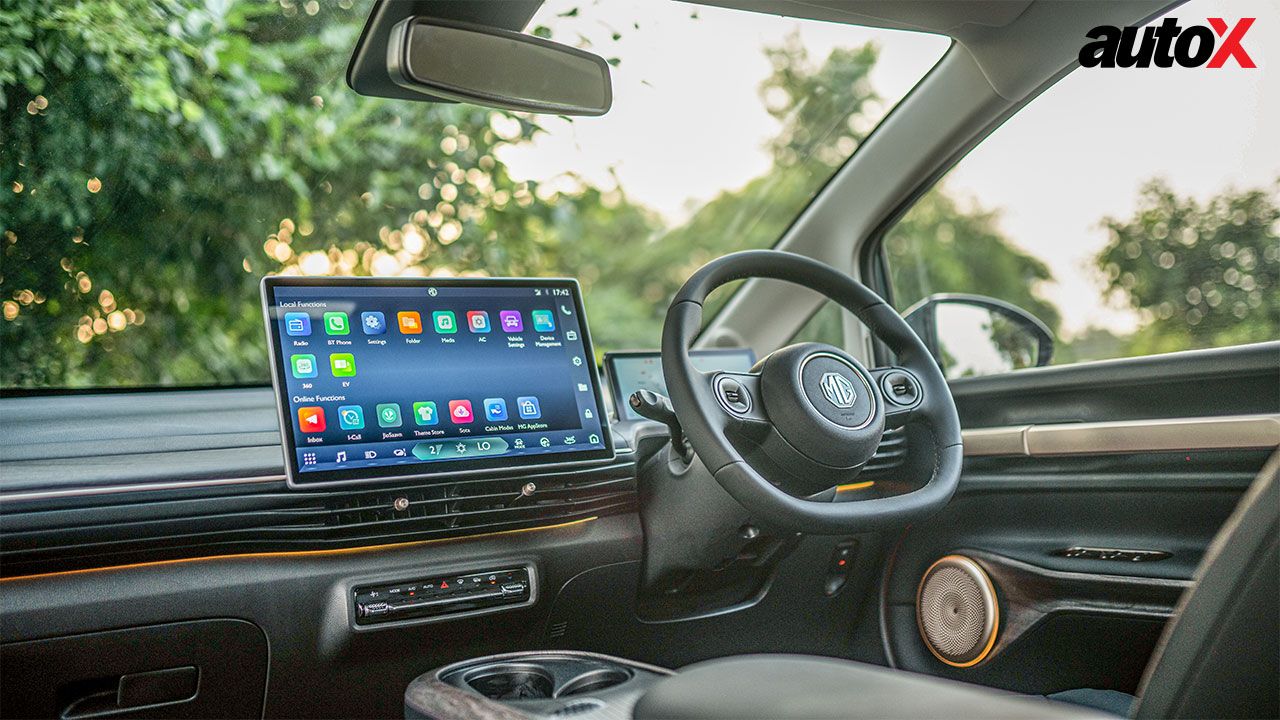
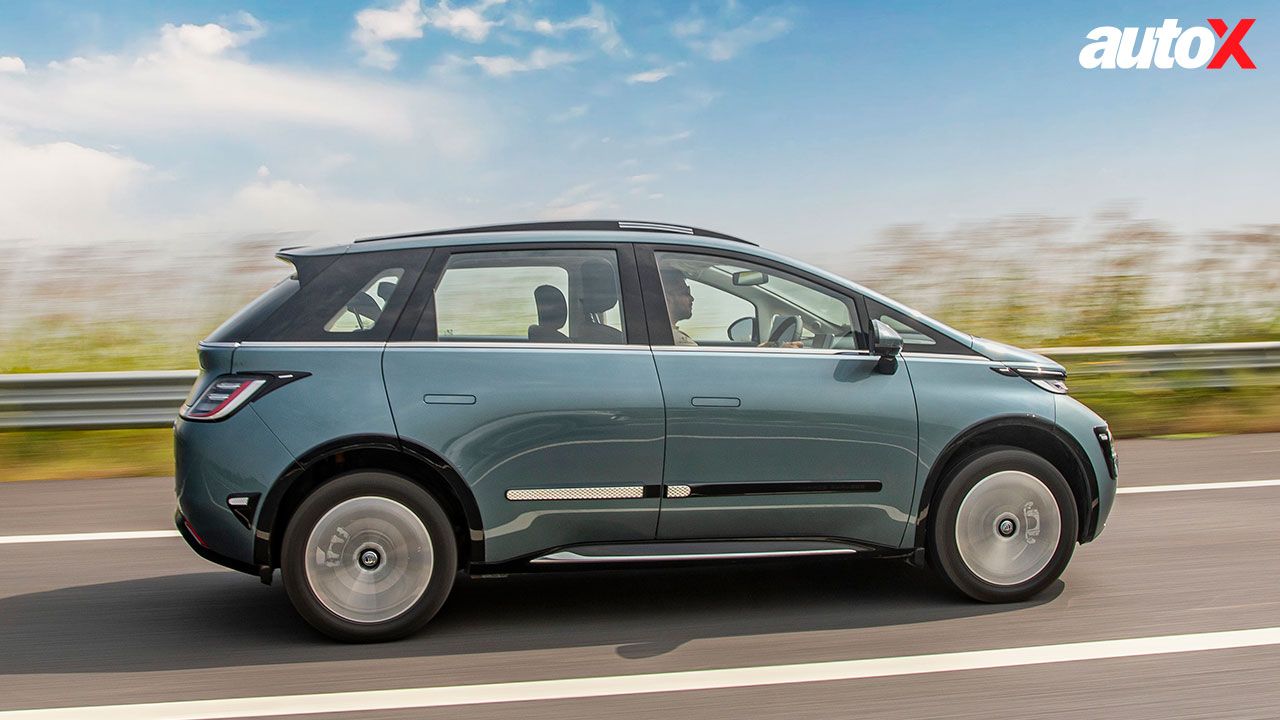
The Business End
Given its tempting price tag, you may feel inclined to assume that the Windsor’s interior must have compromised on quality, but that’s so far from the truth. Everything about this interior feels premium and high quality. The cabin is what you would call minimalistic, with one notable exception – the massive 15.6-inch infotainment screen. It’s enormous and for good reason – it features controls for the operation of everything. And by everything, I even mean headlamps, ORVMs adjustment, moonroof liner, and more. The screen is crisp, and the touch response is as good as any high-end tablet. However, it packs one too many crucial functions, which can be distracting to access while driving. The touchscreen is fully customisable and includes quick access icons for the driving modes, regen modes, and other features at the bottom of the screen. All this is quite convenient, but you do miss the tactile feel of actual buttons. Thankfully, the aircon controls are large physical buttons, and the steering-mounted controls are easy to use as well. The top-end variants of the EV come loaded with creature comforts – ventilated seats, a 9-speaker Infinity sound system, a six-way electrically adjustable driver seat, wireless Apple CarPlay / Android Auto, auto headlamps, and more. You don’t get any ADAS features, but you do get cruise control. The instrument cluster is fully digital, offering a clean, clutter-free layout for all the information, such as the range, battery SoC, and tyre pressures.
Now, calling the seating experience at the back ‘business class’ like is a bit of an overstatement. But, in terms of space, it comes close. Plus, the quilted seats and the comfortable cushioning add to the whole experience. That 2,700mm of wheelbase translates into ample legroom inside. The only trouble is that the floor is a bit high, which means that taller passengers may find themselves sitting in a knees-up position. That said, there’s a quick fix for this – reclining the rear seats, which can be done up to 135 degrees. Three adults can sit abreast comfortably at the back, thanks to the width of the vehicle, the flat floor, and a 3-point seatbelt and headrest for each passenger.
In terms of convenience and creature comforts at the back, rear passengers get AC vents, although there is no fan speed control, and only one USB Type-C charging port. The all-black interior can feel a bit claustrophobic, but the sense of space is accentuated by its large glasshouse and the massive moonroof. The boot space, at 604 litres, is cavernous, although it doesn’t get a parcel tray, which feels like a bit of an oversight.
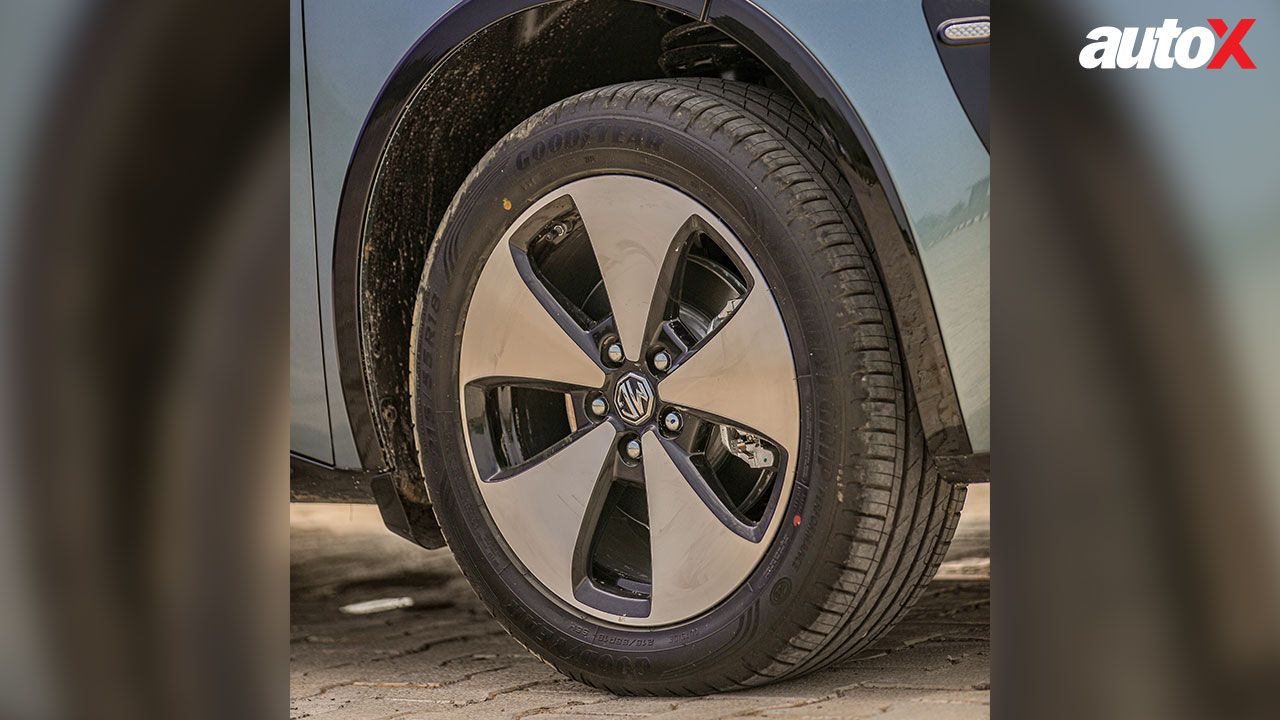
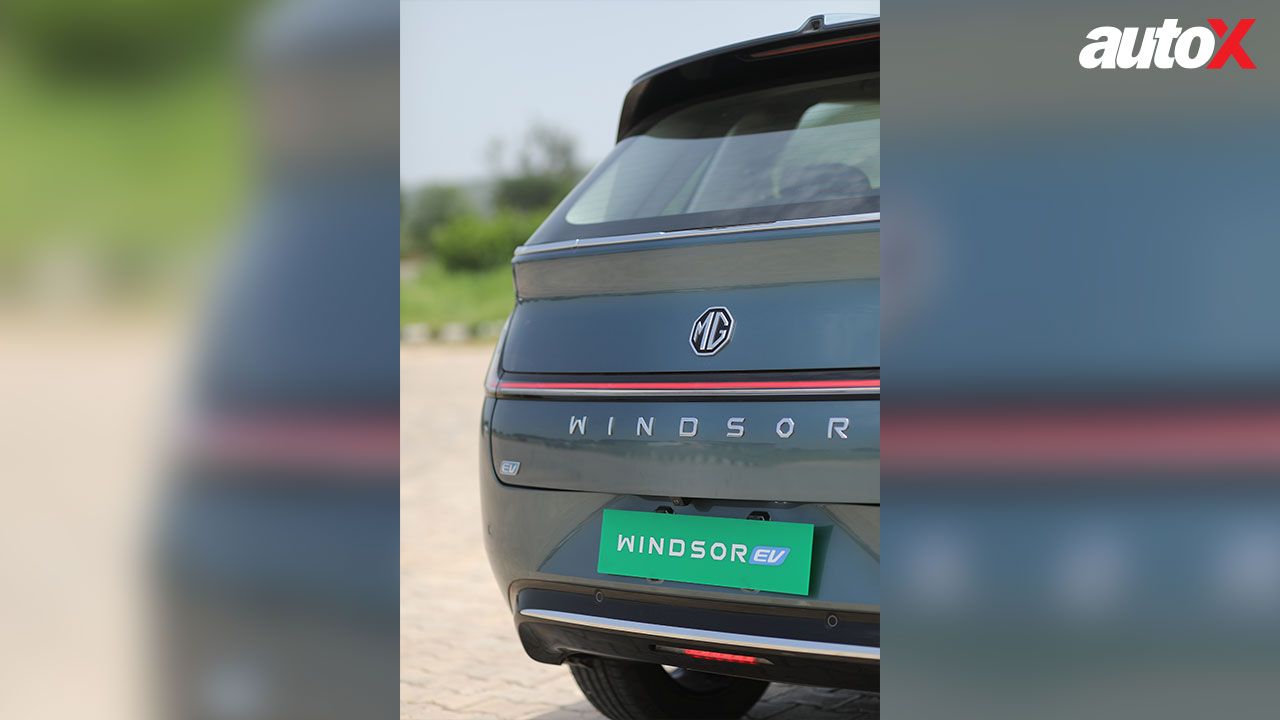
She’s Like the Wind…
The Windsor gets a 38kWh battery pack, paired with a front-mounted motor, which is rated at 134bhp and produces 200Nm of torque – quite decent numbers for a car of its shape and size. The performance feels more than adequate. It picks up pace in a brisk yet nonchalant manner. The throttle calibration is spot-on in all of its four modes – Eco, Eco+, Normal, and Sports. In Eco mode, the top speed is limited to 82km/h, and throttle response is subdued. In Normal and Sports, the full power is available, although it never feels too aggressive or unhinged. There are three regen modes, and they work in a predictable manner.
In terms of ride and handling, the Windsor EV offers a rather pleasant driving experience. To be honest, it drives like a hatchback, thanks to its low centre of gravity. I would go as far as to claim that it’s the best MG in terms of steering feel and suspension setup, which is excellently planted and well-damped. That’s not to say that it is perfect though. Of course, being a heavy EV, there’s noticeable lumpiness at low speeds, resulting in a bouncy ride at city speeds – it’s particularly evident when you’re driving alone or with little weight onboard. But once you’re on an open road, the suspension settles, and the ride quality improves significantly. The high-speed stability is impressive, and it can cruise at 120km/h effortlessly.
However, cruising at high speeds all day will significantly affect the range, which MG acclaims to be 331km. That, however, seems a bit unrealistic to achieve, unless you are really trying. During our time with the EV, we inadvertently ended up doing a range test and managed to eke out only 228km with just 2% of juice left! However, it’s worth noting that for most of the drive, we were cruising on the Delhi-Mumbai expressway at speeds above 80km/h. If you keep it confined within the city limits, you can realistically expect to get close to 250km – 260km on a full charge.
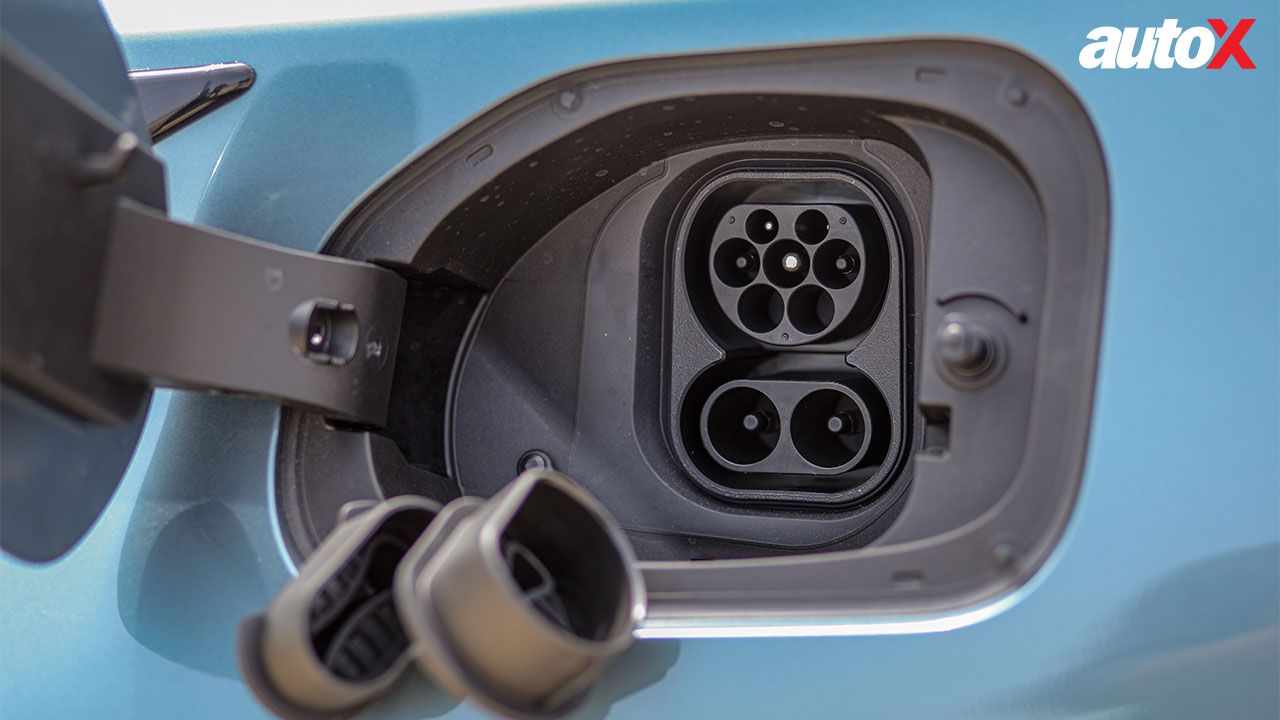
Verdict
Time for my closing remarks now. As a product, I think MG has done a wonderful job with the Windsor EV. At its price point, you expect compromises, but that’s simply not the case. It truly feels and drives like a premium product. Now, let’s talk about MG’s bold move, i.e. the battery-as-a-service (BaaS) model. Will it work in India? Well, if you think about it, the two main deterrents for any prospective EV buyer today are the high acquisition cost and the low resale value or the longevity of the battery pack after 5 – 6 years of usage. With the BaaS model, MG has addressed both apprehensions in one fell swoop, as you don’t own the battery pack, which essentially is the troublemaker in both cases.
I genuinely think that this initiative will help boost EV adoption in India and encourage more buyers to make the switch. After all, it allows you to enjoy all the benefits of driving an EV without paying for any of the inconveniences. What’s more, you get a modern EV at the price of a bare-basic ICE-powered compact-SUV. This could very well be the turning point, a masterstroke, a game-changer in terms of pushing EV sales in the country. And I mean not just for MG but for the entire industry.
----
AT 2,700MM, it sits on a longer wheelbase than the VW Tiguan!
I’D go as far as to claim that it’s the best MG in terms of steering feel & suspension setup
Battery Pack: 38kWh Li-Ion
Motor: Single-Motor / Front-Wheel Drive
Power: 134bhp
Torque: 200Nm
Range: 331km (Claimed) 228km (Tested)
Price: ₹13.49 Lakh – ₹15.49 Lakh (Ex-Showroom) ₹9.99 Lakh (BaaS)
X-Factor: Low acquisition cost & a premium driving experience make it an irresistible offering for first-time EV buyers.
|
Pros • Comfort • Quality |
Cons |
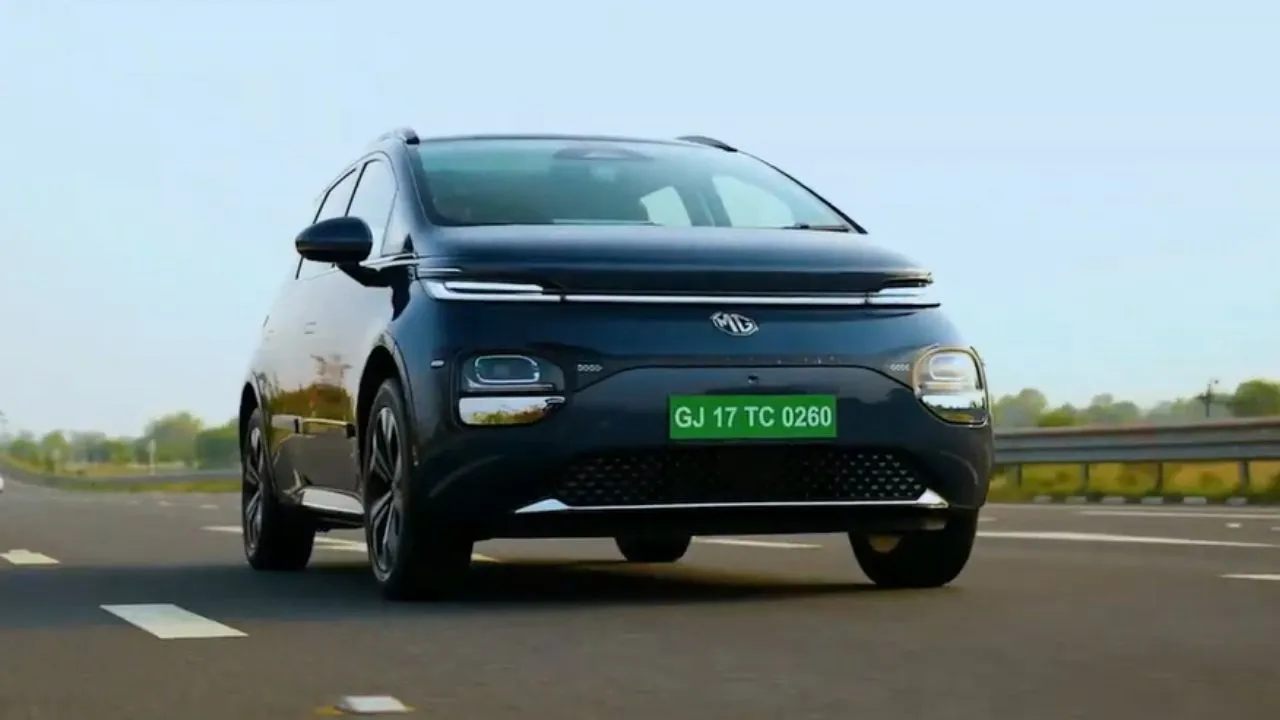
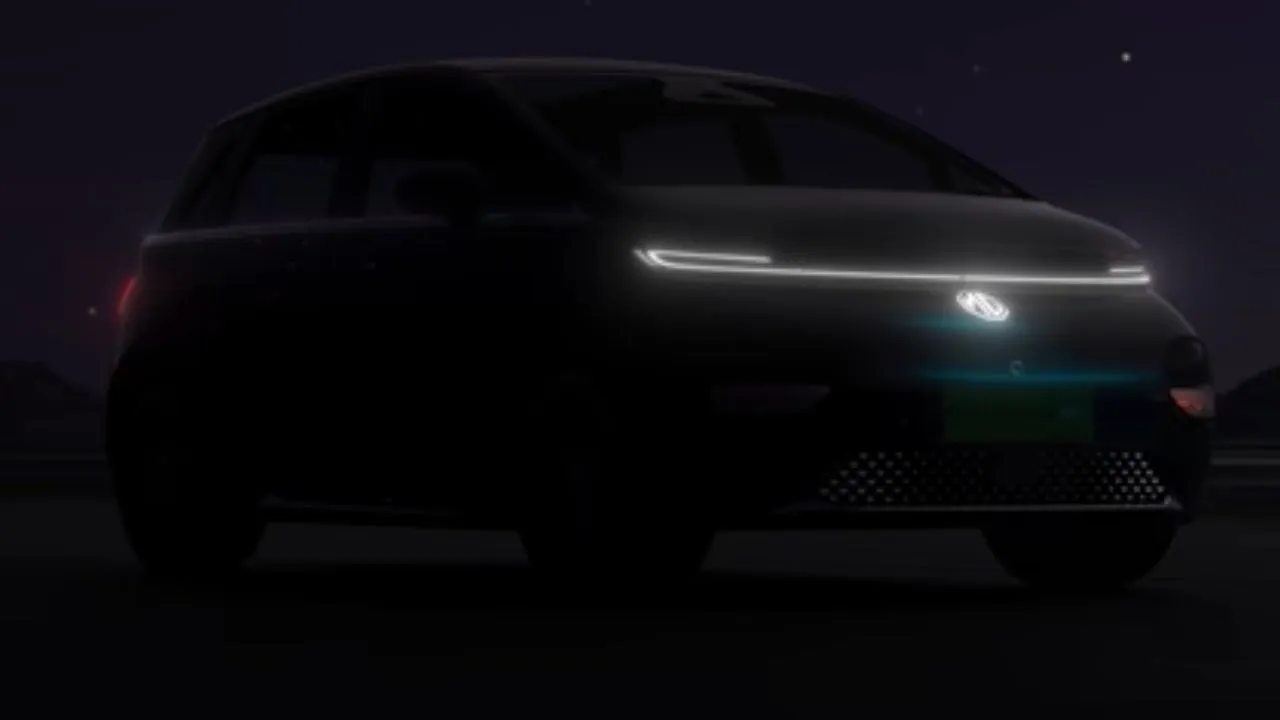
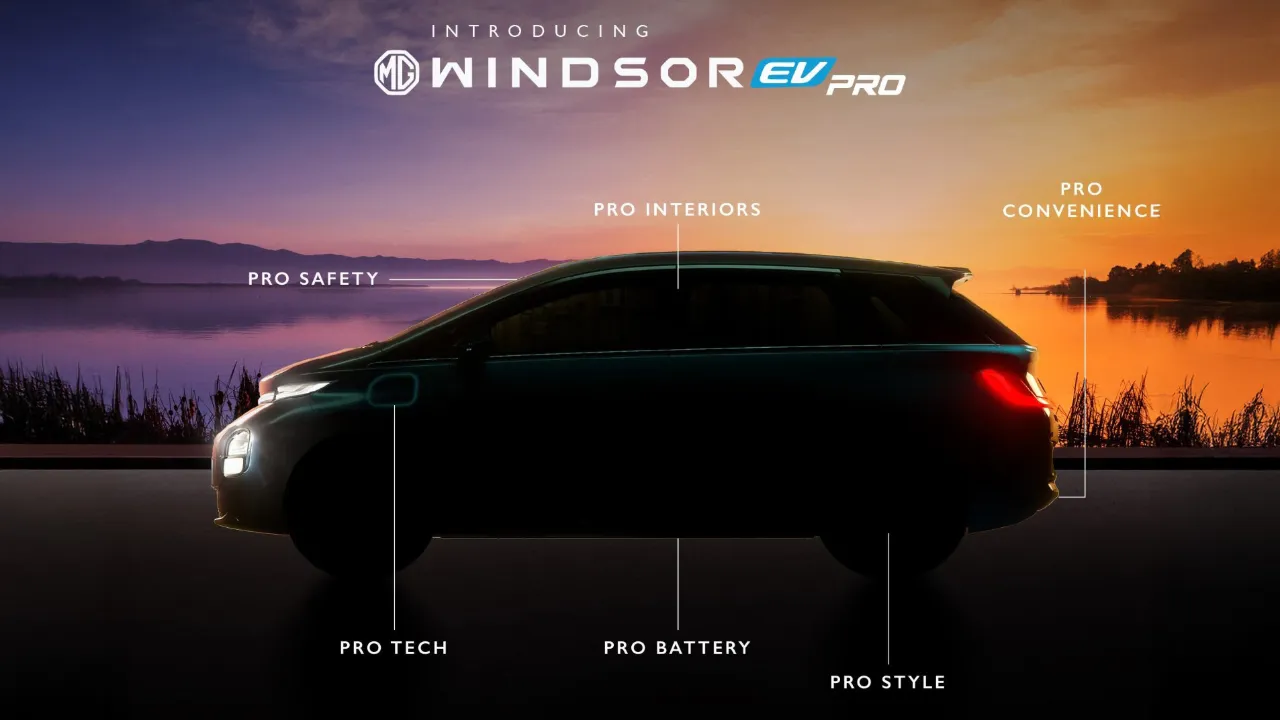
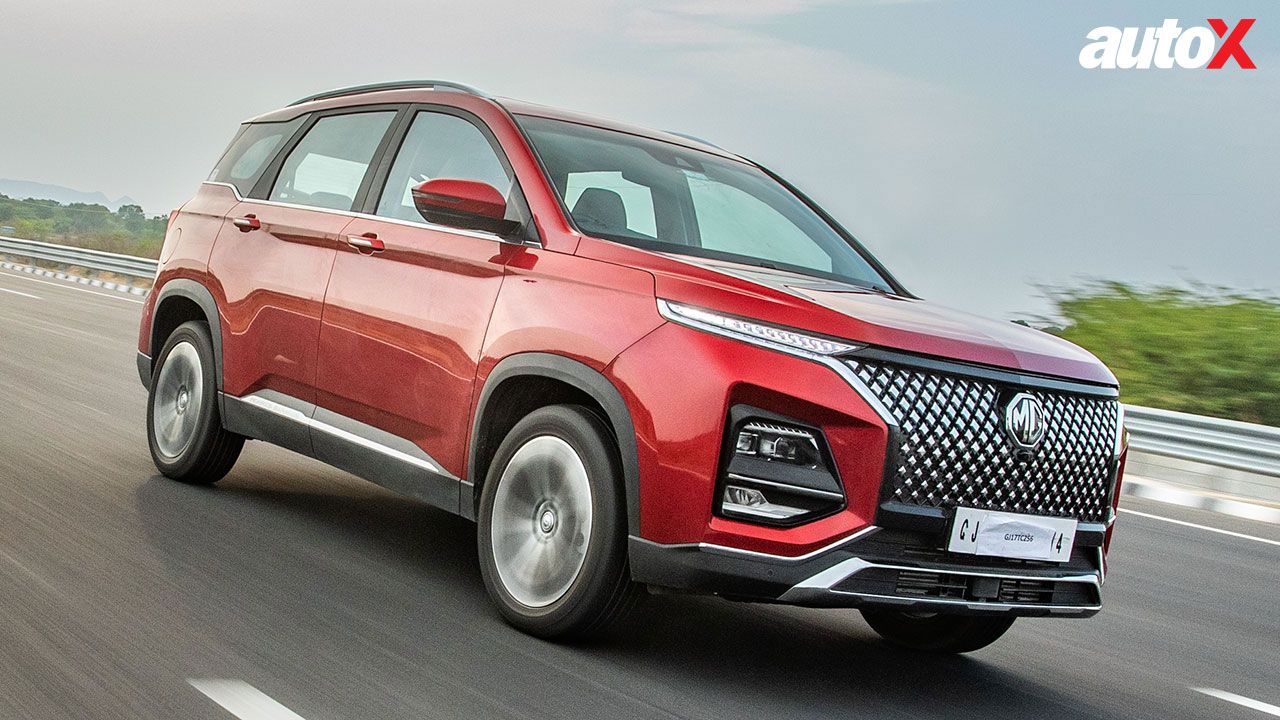

Write your Comment on